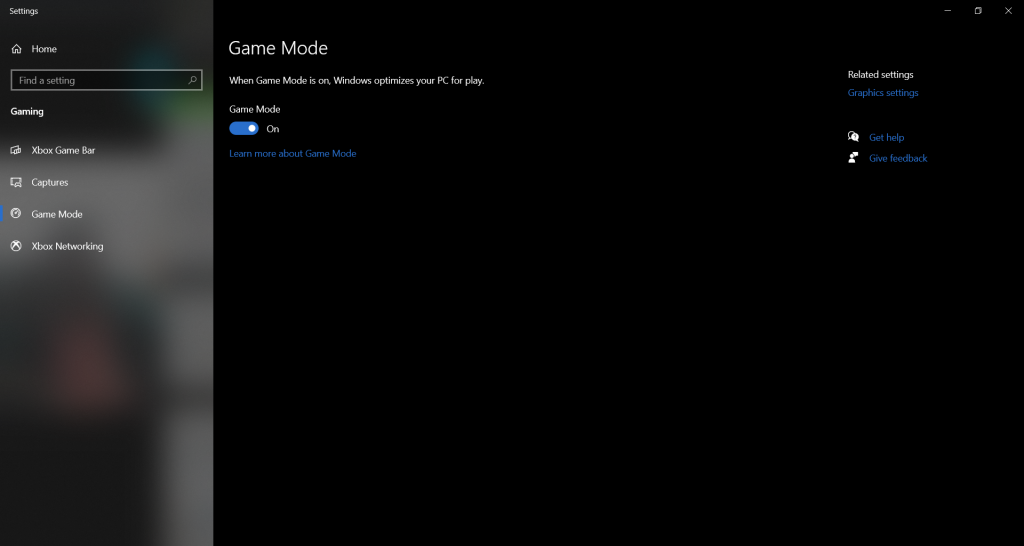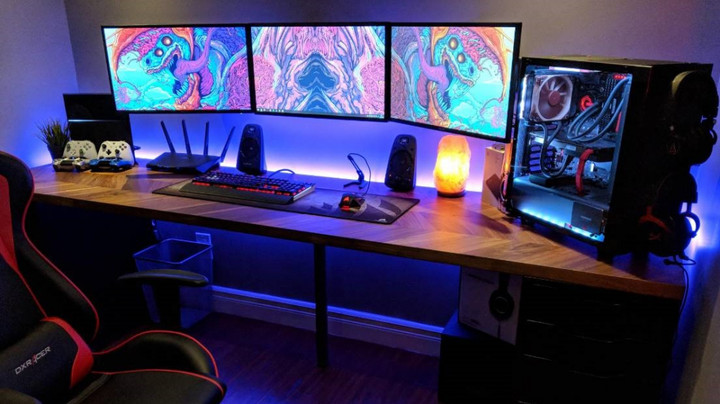While playing games on PC, every player wants the best possible performance, whether in terms of FPS or graphics performance. There are a ton of factors that affect the performance of your PC, including incompatible hardware, older graphics cards, outdated software drivers, and more.
Upgrading your PC is always an easy way to boost FPS and gaming performance; however, that requires money. If you are not loaded with cash, here are some handy tips to bring out the maximum performance your current setup can generate.
Update GPU Drivers
It's amazing how many problems can be solved by making sure everything is updated! Graphics card manufacturers are vested in ensuring that all new and popular games run well on their hardware. AMD, NVIDIA, and Intel regularly release drivers with performance improvements, better power management, and bug fixes for various gaming conditions.
These updates can improve FPS problems and fix incompatibility issues between your game and graphics card. However, GPU drivers don't automatically update. Thus, to check for the latest version of your GPU's driver, we suggest installing and enabling Nvidia Update or GeForce Experience for Nvidia's GeForce GPUs. For AMD's Radeon GPUs, use its Driver auto-detect tool.

Optimize In-game Settings
Maxing out the video settings will make your games look great, but unless you have the hardware to handle the calculations, you may be left with a glorified slideshow. Turning down the graphics settings is a reliable way to get an FPS boost.
Resolution: Ideally, you want to run games at the same resolution as your screen. However, if your PC is struggling to maintain enough FPS, you may want to reduce your screen resolution. Higher resolution increases the number of pixels on your screen and increases the strain on your GPU. Lowering your game's resolution can improve FPS by making your GPU's job easier since it won't have to support as many pixels with each frame.
Graphical Details: Reduce the quality of details like shadows, lighting, textures, and reflections. Your game will look a bit less lifelike, but it should run more smoothly than before.
Anti-aliasing: Anti-aliasing smoothens out the edges of the various objects in your game. Turn it off, then slowly increase it to the point where it's making a difference in your graphics but not negatively impacting FPS.
Draw Distance: If you can reduce draw distance to prevent the game from rendering far-off objects. With fewer things to render, your GPU can focus its available resources on your immediate environment.
Graphical Effects: Tone down or eliminate motion blur, lens flares, and other types of graphical flares. It's one less thing for your GPU to worry about.
VSync: Designed to prevent screen tearing when your monitor shows portions of multiple frames simultaneously, VSync synchronizes the game's frame rate with the refresh rate of your monitor. It sounds helpful and often is, but it can sometimes bring down FPS. Turn it off and see what happens. If you notice screen tearing, turn it back on.
- Best Gaming Chairs In 2022 For Gamers With Back Problems
- PlayStation VR2 Launch And Pre-order Date Announced
- Xbox Night Mode: How to enable and what it does
Tweak Graphics Card Settings
AMD and NVIDIA both provide control panels where you can change the performance settings of their cards. There are a couple of options in both control panels that might increase FPS in your games.
The most effective way is changing your power mode to maximum, which means that your graphics card won't try to save electricity or be more efficient by reducing processing power.
Enable Game Mode In Windows 10
Game Mode deactivates background activities like Windows updates and app notifications. It configures a number of Windows settings with a single click to optimize your PC for gaming and maximize the display's frame rate. You can find it in your PC's 'Gaming' section in 'Settings.'

DLSS Image Reconstruction Tools
Nvidia's Deep Learning Super Sampling (DLSS) is an image reconstruction tool that renders a game with a lower internal resolution, then uses AI to upscale the game to your display's native resolution (or whatever resolution you're running the game at).
For PC gamers, DLSS is the most widespread image reconstruction tool that helps to run games smoothly. So, if you have an Nvidia graphics card with DLSS technology, it will help you improve the gaming performance of your PC.
Overclocking And Undervolting CPU and GPU
The most direct way to increase your performance for free is overclocking. Overclocking your CPU can net you some extra frames, but the process can feel tedious and complicated for newcomers. Intel CPUs can be overclocked using Extreme Tuning Utility by Intel, and AMD CPUs require Ryzen Master. However, keep in mind that overclocking the CPU is very risky and requires skill and knowledge.
On the other side, overclocking graphics cards is much easier. Tools like MSI Afterburner and EVGA Precision X1 allow you to overclock GPU directly from the desktop and come with clean, no-nonsense interfaces. Precision X1 and Afterburner both come with one-click overclocking, too.
With either tool, you can automatically run a scan to apply a modest overclock to your graphics card. It might seem intimidating, but applying a slight overclock to your GPU is one of the easiest things you can do.
Hardware Optimization
Regarding hardware, there's not much you can do without spending money. Upgrading your Hard Drive to SSD, getting RAM with higher frequency, better Graphics cards, etc., will always help you get better FPS.
Other than that, if you are a laptop user, you can get a cooling pad that will help make your laptop five degrees cooler, impacting long-term performance.
For more amazing gaming content, check out our section dedicated to Hardware news, updates, guides, features, and more.
Featured image courtesy of Top Islamic Network.

 No ads, our video library,
No ads, our video library,

